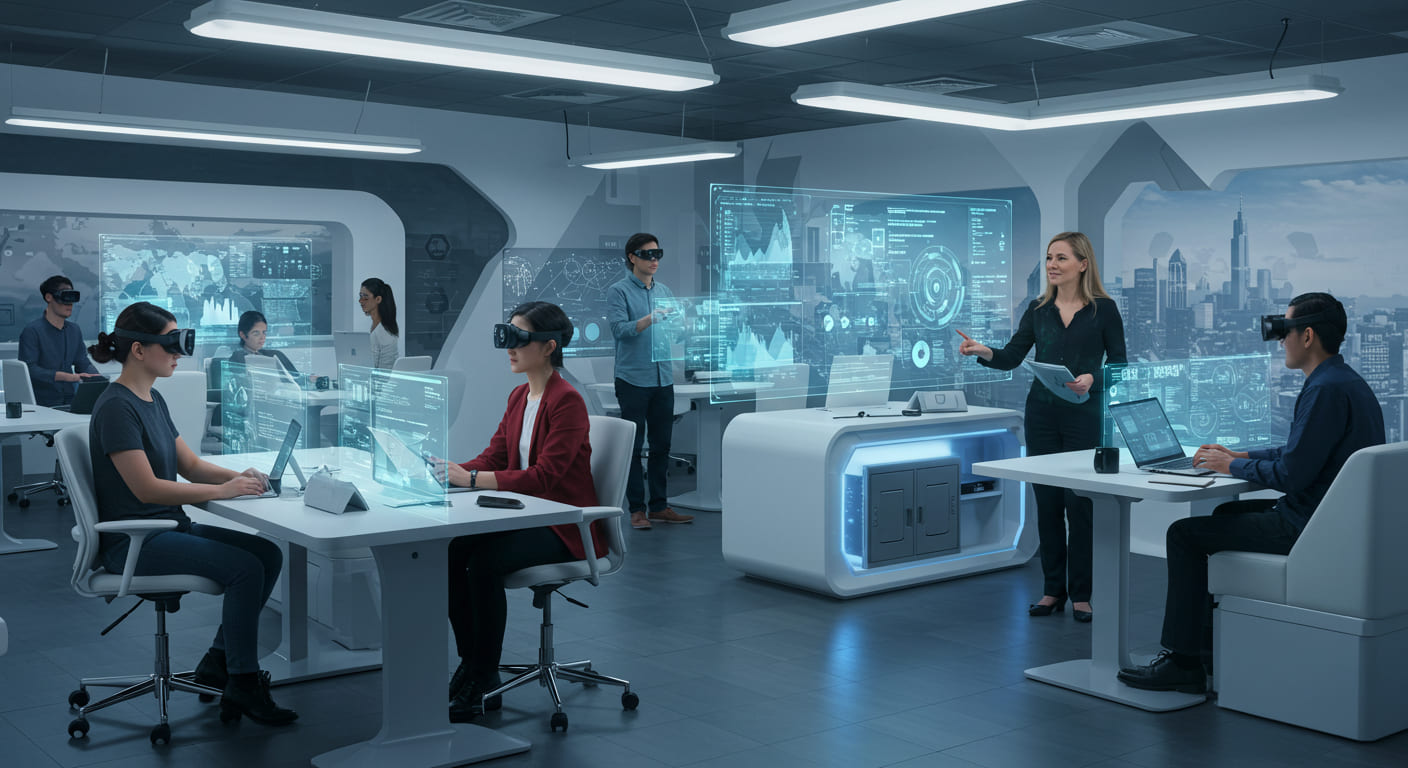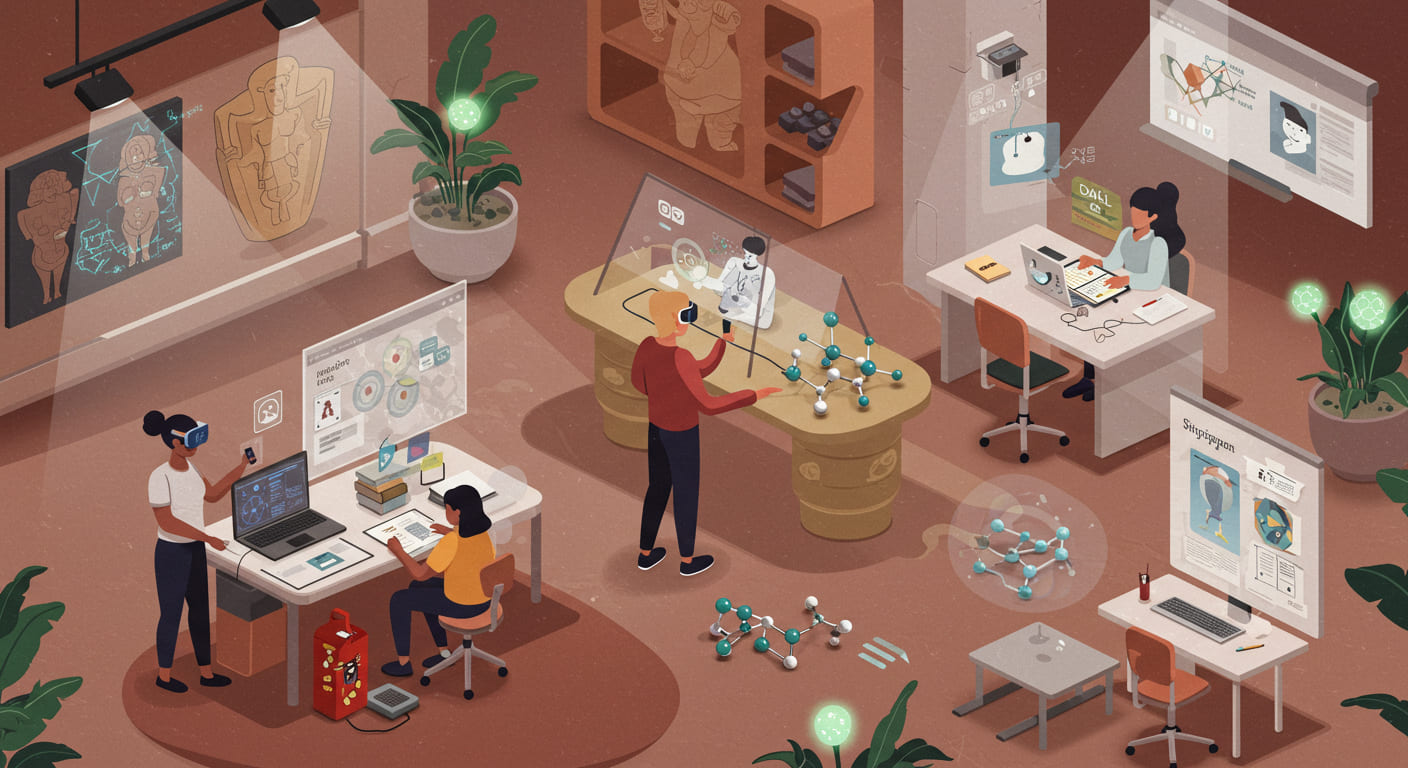The Future of Case-Based Learning in Business Schools: Evolution, Not Extinction

For decades, the case method has been a cornerstone of business education. Pioneered by Harvard Business School nearly a century ago, case-based learning (CBL) throws students into the complexities of real-world business dilemmas, forcing them to analyze situations, weigh options, and make decisions under uncertainty. It's a powerful pedagogical tool that bridges theory and practice. But in an era of rapid technological advancement, globalization, and shifting business priorities, what does the future hold for CBL?
Is the traditional case study becoming obsolete? We argue no – but it is undeniably evolving. The future of case-based learning isn't about replacement, but about enhancement and integration.
The Enduring Power of the Case Method
Before looking forward, it's crucial to appreciate why CBL has remained so relevant:
- Develops Critical Thinking: Cases require students to sift through information (sometimes ambiguous or incomplete), identify key issues, and evaluate different perspectives.
- Hones Decision-Making Skills: Students must justify their recommendations, learning to make choices with limited data, just like real managers.
- Improves Communication and Collaboration: Classroom discussions are central to CBL, fostering active listening, persuasive argumentation, and teamwork.
- Connects Theory to Practice: Abstract business concepts become tangible when applied to concrete scenarios.
- Simulates Real-World Complexity: Cases mirror the multi-faceted nature of business problems, involving finance, marketing, operations, HR, and strategy.
Challenges on the Horizon
Despite its strengths, traditional CBL faces challenges in the modern environment:
- Static Nature: Written cases can feel frozen in time, struggling to capture the dynamic, fast-paced nature of today's markets.
- Time Lag: Developing and publishing high-quality cases takes time, meaning they might lag behind current events and trends.
- Limited Interactivity: Traditional cases offer limited scope for real-time feedback or exploring alternative outcomes dynamically.
- Keeping Pace with Data: Integrating large datasets and analytical tools, now central to business, can be difficult within a static case format.
- Global and Diverse Perspectives: Ensuring cases reflect the full spectrum of global business environments and diverse leadership styles requires constant effort.
"We're excited to be part of this evolution, helping educational institutions and businesses bridge the gap between theoretical learning and real-world application through our innovative case study platform."
Emerging Trends Shaping the Future of CBL
Several key trends are driving the evolution of case-based learning:
- Technology Integration: Digital platforms, simulations, AI, VR/AR are opening new possibilities for immersive and interactive learning.
- Data Analytics Emphasis: Businesses run on data. CBL needs to incorporate data analysis more deeply into case scenarios.
- Focus on Contemporary Issues: Demand is growing for cases addressing sustainability (ESG), digital transformation, ethical AI, supply chain resilience, and geopolitical risk.
- Personalization and Adaptivity: Technology allows for learning paths and case elements to be potentially tailored to individual student needs and skill levels.
- Demand for Experiential Learning: Students increasingly seek hands-on experiences, pushing CBL to become more interactive and simulation-like.
- Globalization: A truly global business education requires cases that reflect diverse international contexts and cross-cultural challenges.
How Case-Based Learning is Evolving
The future of CBL lies in adapting to these trends:
- Interactive Digital Cases: Platforms are emerging that allow students to interact with case data, run mini-simulations, watch embedded videos, and explore different decision paths.
- Simulation Integration: Combining traditional case analysis with sophisticated business simulations allows students to see the immediate consequences of their decisions in a dynamic environment.
- Multimedia Cases: Incorporating video interviews with protagonists, audio clips, news reports, and interactive data dashboards makes cases more engaging and realistic.
- "Living" Cases: Cases that can be updated with new information or data points over time, mimicking real-world developments.
- Data-Rich Cases: Cases designed with accompanying datasets that require students to use analytical tools (like Excel, Python, or specialized software) to derive insights.
- AI-Powered Feedback and Analysis: AI could potentially offer personalized feedback on student analyses or even simulate stakeholder responses within a case scenario.
- VR/AR Immersion: Imagine virtual site visits or participating in simulated board meetings using VR/AR technology to enhance case realism.
- Focus on Shorter, Focused "Micro-Cases": Supplementing longer, comprehensive cases with shorter ones focused on specific, timely issues or skills.

Conclusion: Embracing Evolution for Future-Ready Leaders
Case-based learning is far from dead; it's undergoing a vital transformation. While the core principles of critical analysis and decision-making remain paramount, the tools and formats are evolving rapidly. The future business school classroom will likely feature a blend of traditional discussion, interactive digital cases, complex simulations, and data-driven analysis.
By embracing technology, incorporating contemporary issues, and integrating with other pedagogical approaches, CBL will continue to be an indispensable tool for developing adaptable, insightful, and effective business leaders ready to navigate the complexities of tomorrow's world. At BizCaseLab, we're excited to be part of this evolution, exploring innovative ways to bring business challenges to life in the classroom.